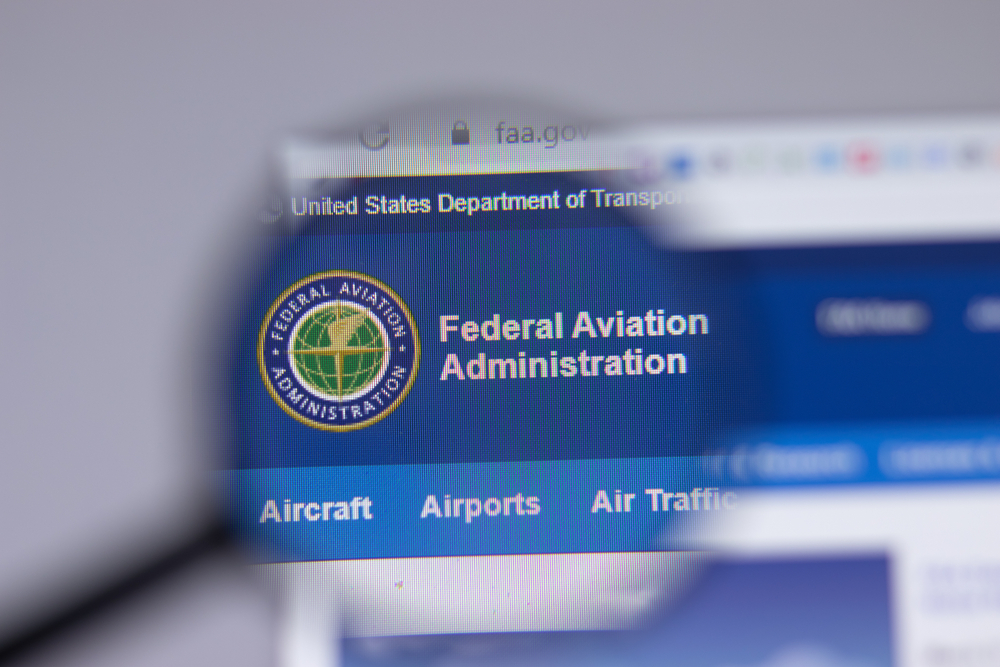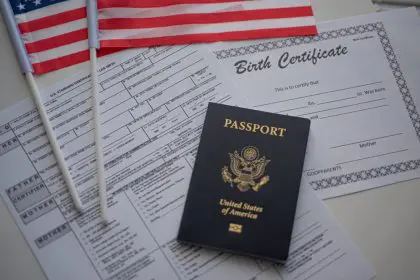Mass terminations of critical personnel raise concerns about air traffic control and national defense amid recent accidents
Aviation safety under pressure
The Federal Aviation Administration faces mounting scrutiny following an unprecedented wave of terminations that has left critical positions vacant across the agency. The dismissals, which affected hundreds of probationary employees, have created significant gaps in essential services ranging from radar maintenance to national security operations.
The timing of these terminations has proven particularly controversial, coming in the wake of a deadly collision at Ronald Reagan Washington National Airport and during one of the year’s busiest travel periods. The dismissals have sent ripples of concern throughout the aviation industry, with experts warning of potential consequences for both civilian air travel and national defense capabilities.
Critical systems at risk
Defense and surveillance impacts
The terminations have struck at the heart of several crucial aviation safety and defense systems. Among the dismissed personnel were technicians responsible for maintaining sophisticated radar installations, landing systems, and navigational aids – all essential components of the nation’s aviation infrastructure. Perhaps most alarming is the impact on classified early warning radar systems designed to detect potential threats, including cruise missiles, leaving these critical defense mechanisms potentially vulnerable.
The situation in Hawaii has drawn particular attention, where terminated employees were involved in operating radar systems integral to national defense initiatives. These systems, funded through Department of Defense allocations, play a vital role in maintaining surveillance coverage across the Pacific region.
Staffing crisis deepens
Controller shortage intensifies
The mass terminations have exacerbated an already critical staffing situation within the FAA’s air traffic control system. The agency has long struggled with controller staffing levels, facing challenges such as uncompetitive compensation, demanding work schedules, and mandatory retirement requirements. These new dismissals threaten to push an already strained system closer to its breaking point.
Federal officials have repeatedly warned about the risks associated with an overtaxed air traffic control system, particularly in light of several recent near-miss incidents. The current staffing crisis raises serious questions about the agency’s ability to maintain safety standards across the national airspace system.
Political tensions and timing
The dismissals have occurred against a backdrop of heightened political tension and controversial decisions affecting aviation safety oversight. The dissolution of the Aviation Security Advisory Committee, a body established to address critical safety concerns at airlines and airports, has raised additional questions about the administration’s approach to aviation safety.
The timing of these actions has proven particularly problematic, coinciding with a period of increased scrutiny following the collision between a U.S. Army Black Hawk helicopter and an American Airlines passenger jet. This incident, still under investigation, has highlighted the complex challenges faced by air traffic controllers in managing busy airspace.
Looking ahead
Industry response and implications
The aviation industry finds itself at a critical juncture as it grapples with the implications of these widespread terminations. Professional organizations and unions are conducting assessments to understand the full impact on aviation safety and the national airspace system. The loss of institutional knowledge and expertise, particularly in specialized technical areas, poses significant challenges for maintaining safety standards.
The situation raises broader questions about the future of aviation safety oversight in the United States. As the investigation into recent accidents continues, stakeholders across the industry are calling for greater transparency and accountability in decisions affecting aviation safety and national security.
Path forward
The coming months will be crucial in determining how these staffing changes affect the nation’s aviation system. With air travel demands continuing to grow and security challenges evolving, the need for experienced personnel in key positions becomes increasingly critical. The aviation community and traveling public will be watching closely to see how the FAA addresses these challenges while maintaining its commitment to safety and security.
The repercussions of these terminations extend far beyond immediate staffing concerns, touching on fundamental questions about the balance between administrative decisions and public safety. As the situation continues to develop, the focus remains on ensuring that the integrity of the nation’s aviation system and security infrastructure remains intact.














